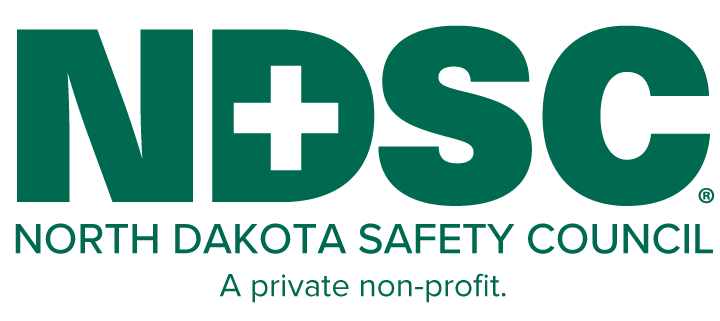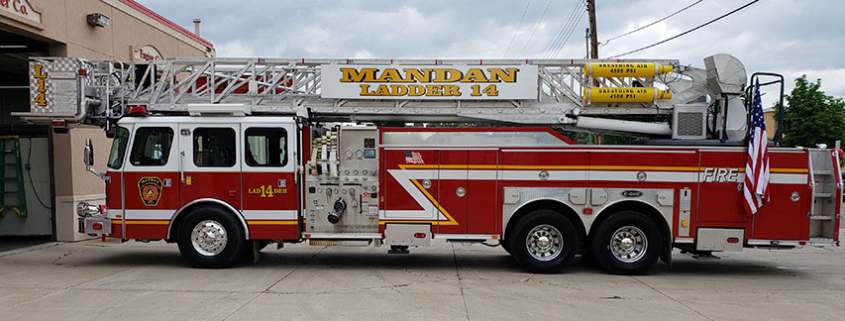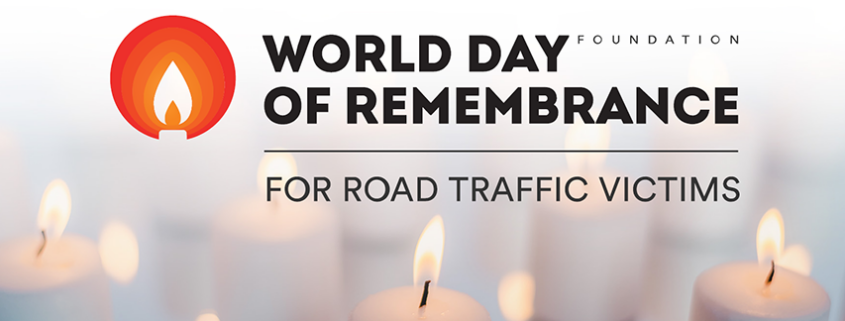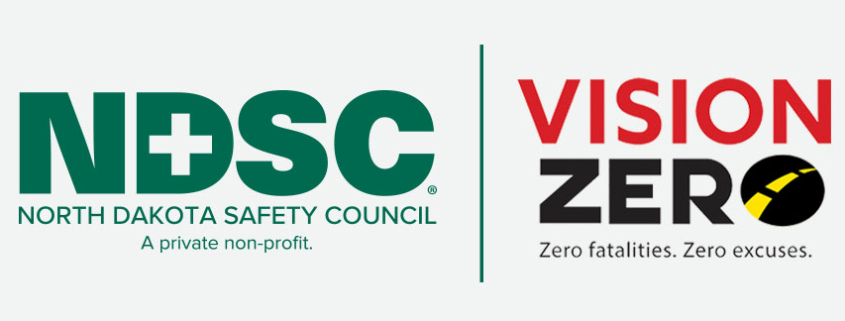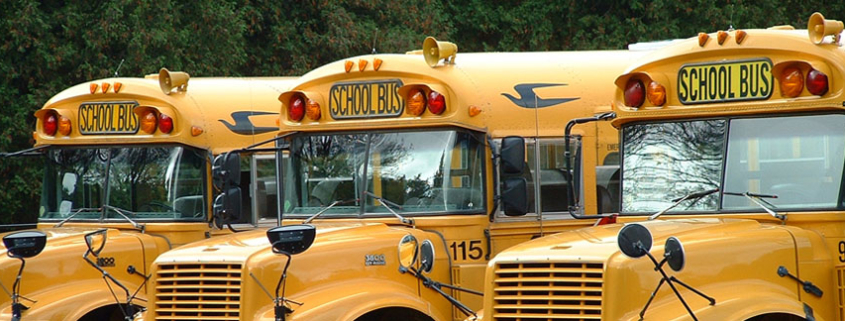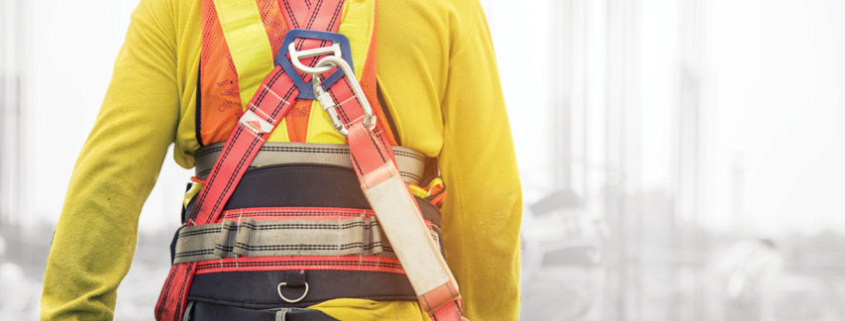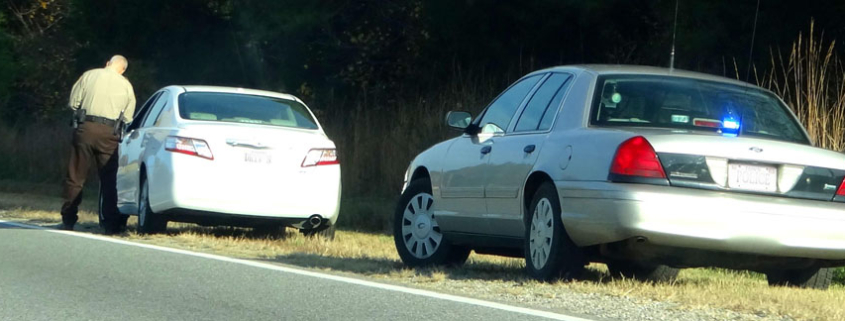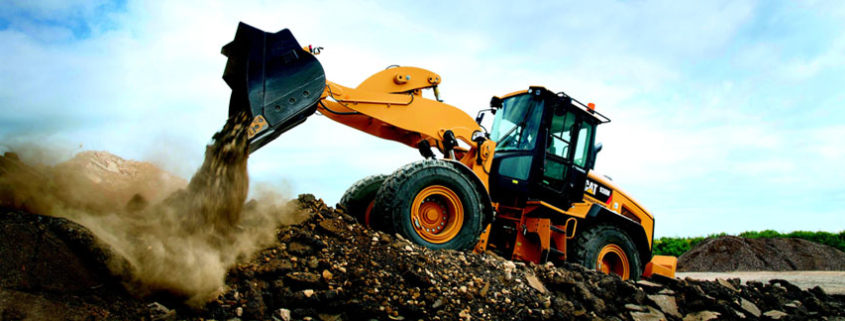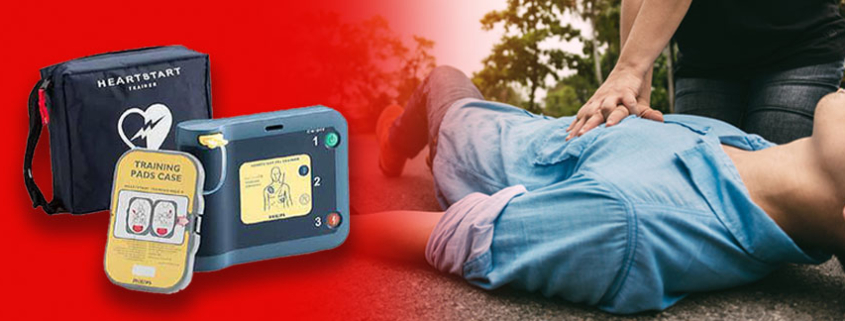In 2020 there were 2,695 fires in North Dakota and almost 67% of those fires were accidental. Find out how you can prevent fires in your workplace.
This year, North Dakota will host its first WDoR for Road Traffic Victims on Friday, November 19, 2021, at the North Dakota Capitol Mall. This will be hosted by The North Dakota Department of Transportation Safety Division through Vision Zero.
With the holidays coming up, many North Dakotans will hit the road, eager to spend time with family and friends. It’s one of the busiest travel times of the year. Unfortunately, more people on the roadways means the potential for more vehicle crashes.
Less than 6 hours of sleep triples your risk of falling asleep while driving! Drowsy driving is just as dangerous as driving under the influence. Like alcohol, sleepiness can slow down your reaction time, decrease awareness of your surroundings, impair judgement, and increase your risk of crashing which could harm yourself and others.
In North Dakota, 40,000+ children ride a school bus every day. Few things are more important than ensuring that those students, who range in age from pre-K to seniors in high school, get to and from school safely. October 18-22 is National School Bus Safety Week.
The Occupational Safety and Health Administration (OSHA) announced the Top 10 most frequently cited workplace safety standards for fiscal year 2021. North Dakota’s top numbers differ slightly. Fall protection is number one but general machine guarding and protective systems for trenching and excavating follow that.
As of July 2021, North Dakota reported 56 deadly crashes in the state, higher than the same period in 2020. In all of 2020, 8,834 crashes and 100 traffic related deaths occurred. While some crashes are unavoidable, far too many are due to distraction and unsafe behaviors.
The NDSC is proud to work with MSHA to protect the mining industry’s most valuable resource – miners. Mining continues to be a vital component of the North Dakota economy and as an industry, is critical to everything from electronics to building materials.
Federal statistics show that a vehicle or person is hit by a train every three hours in the US. During Rail Safety Week Operation Lifesaver of the Dakotas, and its partners are raising awareness of the importance of railroad safety practices.
AED usage combined with CPR saves lives. The survival rate of a patient defibrillated within the first 3 minutes of a cardiac arrest approaches 95%. AEDs are as essential as fire extinguishers.
Contact Us
1710 Canary Avenue, Suite A
Bismarck, ND 58501
701-223-6372
Toll Free: 800-932-8890
ndsc@ndsc.org
